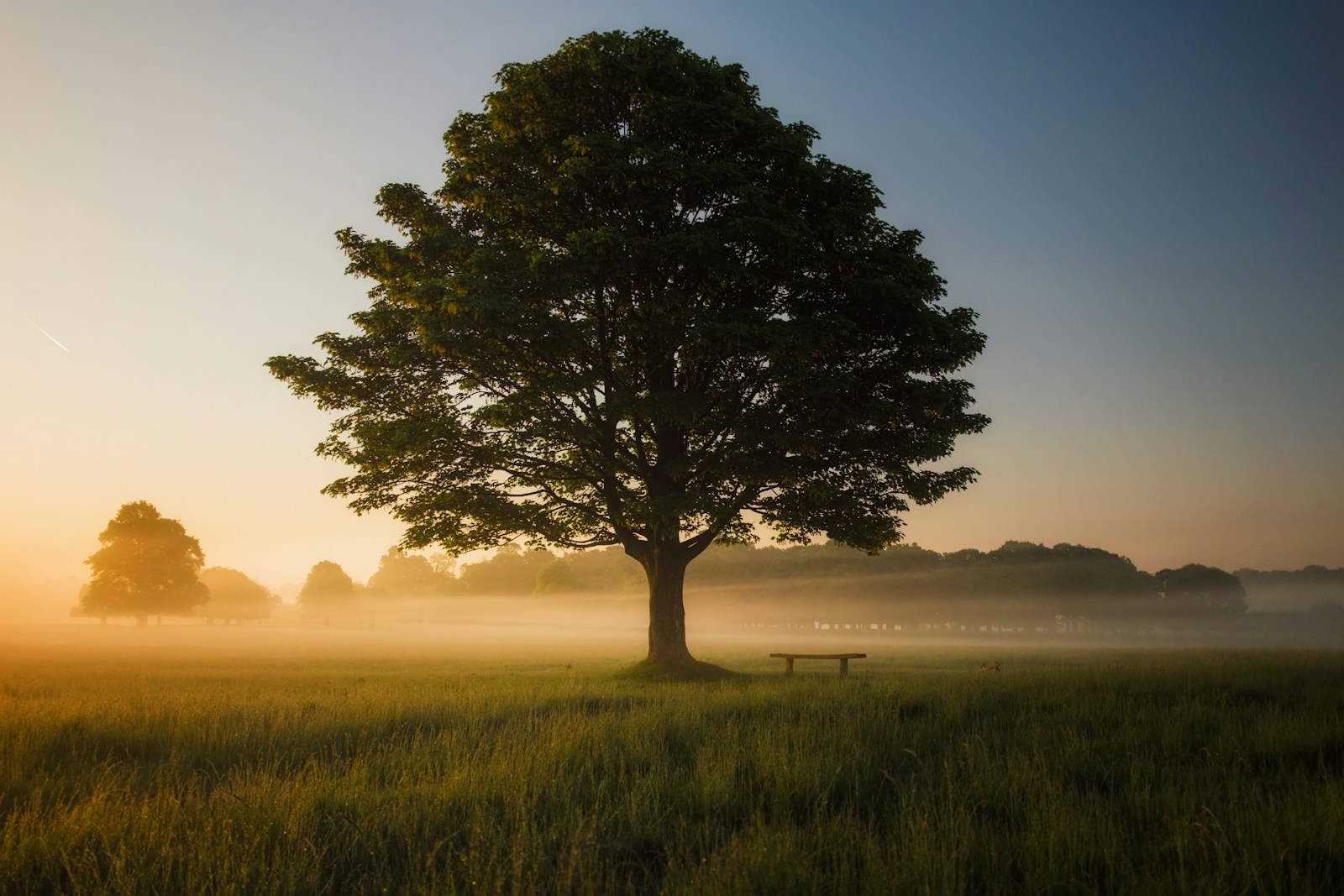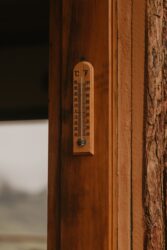Kentucky Bluegrass (KBG) is a versatile and popular turfgrass known for its lush, dense growth and vibrant color.
It thrives in full sun but also exhibits a degree of shade tolerance, making it a flexible choice for various lawn conditions.
The question of whether KBG can grow with only 6 hours of sunlight is significant for homeowners and gardeners dealing with partially shaded lawns.
Will Kentucky Bluegrass Grow with 6 Hours of Sun?
Kentucky Bluegrass prefers full sun but can tolerate partial shade.
It requires at least 4 to 6 hours of direct sunlight per day to maintain its health and vigor.
While KBG grows best in full sun, receiving more than 6 hours of sunlight, it can still perform well with a minimum of 6 hours, especially if those hours are during the peak sunlight times of the day.
Factors Influencing Growth in Partial Shade
- Soil Quality: Improving soil quality with organic matter can help KBG thrive in less-than-ideal light conditions by enhancing root development and moisture retention.
- Watering Practices: Proper watering is crucial, especially in shaded areas where soil can remain moist for longer periods. Overwatering can lead to fungal diseases, which are more prevalent in shade.
- Fertilization: Adjusting fertilization practices to suit the reduced growth rate and nutrient needs of KBG in partial shade can support its health without encouraging excessive growth that can’t be supported by the available sunlight.
Adaptations and Considerations
- Mowing Height: Raising the mowing height for KBG in shaded areas can help the grass capture more sunlight, improving its photosynthesis and overall health.
- Mixing Grass Types: In areas with significant shade, considering a mix of grass types that includes shade-tolerant species along with KBG can ensure a uniformly healthy lawn. Fine fescues, for example, are more shade-tolerant and can complement KBG in a lawn with varied light conditions.
FAQs on Kentucky Bluegrass and Sunlight
Can Kentucky Bluegrass survive in heavy shade? KBG has low to moderate shade tolerance and may struggle in heavy shade. For deeply shaded areas, consider shade-tolerant grass species or ground cover alternatives.
How does partial shade affect the appearance of KBG? In partial shade, KBG may grow less densely and may appear thinner than in full sun. Proper lawn care practices can help mitigate these effects and maintain a healthy appearance.
What are the best practices for overseeding KBG in shaded areas? Overseeding shaded areas with a mix that includes KBG and shade-tolerant species can improve lawn density. Ensure good seed-to-soil contact and keep the area moist until germination.
In Summary
- Kentucky Bluegrass can grow and maintain its health with 6 hours of sunlight per day, making it a viable option for lawns with partial shade.
- While it prefers full sun, proper care and adjustments in lawn maintenance practices can support its growth in less-than-ideal light conditions.
- For heavily shaded areas, incorporating shade-tolerant grass varieties into the lawn can ensure a lush, green appearance across different light environments.
Sources
- Jonathan Green: Offers insights into Kentucky Bluegrass seed, highlighting its growth preferences and maintenance requirements. Jonathan Green – Kentucky Bluegrass Seed
- Pennington: Discusses sun and shade grass seed options, including the light requirements of different grass types. Pennington – Sun and Shade Grass Seed
- Lawnstarter: Provides a comprehensive guide to growing Kentucky Bluegrass, covering its characteristics and care tips. Lawnstarter – Guide to Growing Kentucky Bluegrass



